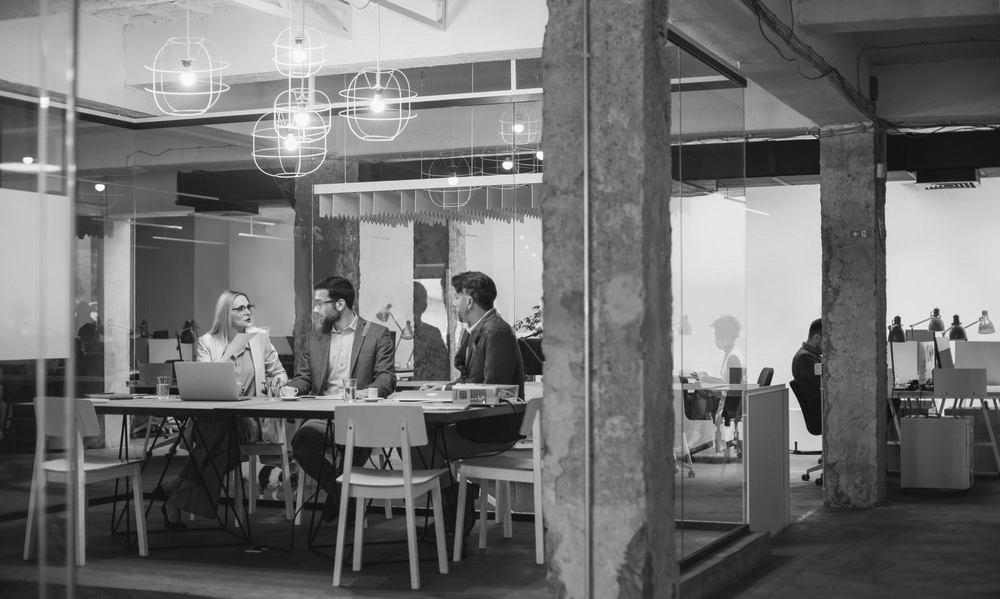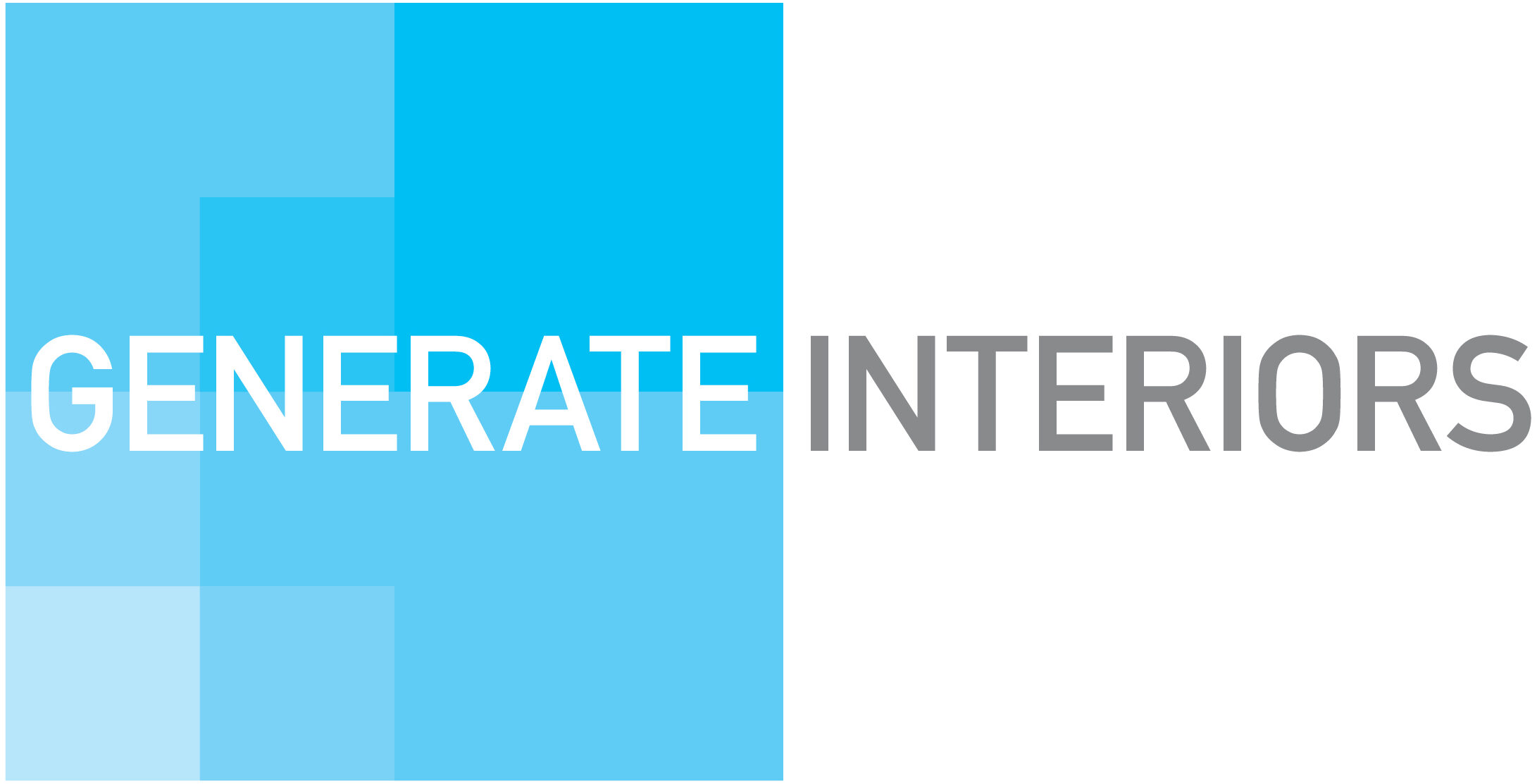2020 Vision - 5 workplace trends to watch this year

An increasingly disruptive business environment is demanding organisations become more agile, adaptable and innovative, while technological advances and demographic shifts are having a profound impact on the way we work and do business. Successful organisations understand the role of the workplace in driving innovation, engagement and peak performance, and how critical it is to align core business objectives with people, place and technology. Throughout 2020 organisations will continue to look to designers to help them respond to these complex challenges, with a particular focus on the following 5 key areas.
Meaning
New generations entering the workforce increasingly seek an alignment between their personal values and those of the organisations they work for. This desire for meaning in their personal as well as professional lives will see organisations prioritise the communication of their company values throughout the physical work environment, articulating to staff why they exist, what their mission is and how they contribute beyond the communities they serve.
Organisations will look to designers to translate these values through experiential spaces which provoke an emotional connection, convey authenticity and inspire meaning. Through colours, furniture, fixtures, materials, lighting, graphics and a mix of spatial experiences, designers will continue to explore creative ways to connect staff to an organisations’ unique brand story. When done successfully the impact in organisational performance can be significant, with noticeable improvements in staff attraction, retention, engagement and satisfaction.
Health and Wellbeing
A workplace which supports health and wellbeing sends a clear message to staff that they are respected and their individual contribution is valued. Not only do organisations increasingly view wellbeing as part of their corporate social responsibility they also see value through enhanced business performance by reductions in staff absenteeism, disengagement, injury and work-related stress.
Wellbeing initiatives include connecting staff to the natural environment through access to natural light and views, integrating greenery throughout the workplace and locating work settings both inside and out. Physical comfort can be enhanced by providing responsive lighting which minimises eye strain and adjusts throughout the day, while adjustable furniture can improve ergonomic comfort by offering a range of seating height and standing height settings. Increased physical activity can be encouraged through a variety of ways including the strategic placement of amenities which require staff to move throughout the day.
Throughout 2020 acoustic comfort will be a high priority and organisations will increasingly challenge designers to explore ways to minimise noise and other distractions within increasingly open and diverse work environments. As further research is developed exploring the relationship between the physical work environment and employee wellbeing we will see more pressure on companies to implement wellbeing initiatives within the workplace.
Flexibility and Choice
Flexible workplaces comprising varied work settings will continue to be adopted by organisations as they embrace the varied demographic characteristics, work styles and personality profiles of their employees. Younger generations challenging traditional notions of work, men and women with families requesting flexible work arrangements and older workers delaying retirement, will put further pressure on workplaces to evolve to accomodate their diverse needs. In addition, we will see further recognition of the need for workplaces to support varied personality profiles (introverts and extroverts) as well as neurodiverse employees (those with ADHD, Autism Spectrum Disorder or Dyslexia).
Designers will continue to curate spaces around variety and choice, accommodating different ways of working, communicating and connecting. The idea of choice, however, will extend beyond merely providing the right work settings for the specific task at hand - whether it be team-based collaborative work or individual focused work - but also to support individual employee work styles and personality profiles. Getting the mix right, including proximity, openness, configuration, adjustability, noise management and technology, will be key in the successful design and implementation of increasingly open and diverse workplaces.
Technology and AI
Technology and AI will continue to impact the workplace in profound ways throughout 2020. More apps will be developed including intelligent booking systems, communication platforms which help find and communicate with colleagues and RLTS (real-time locating systems) which track workplace utilisation, asset location and building performance. As people increasingly embrace voice-assisted AI in their homes organisations will look for ways to integrate this technology in the workplace to automate and simplify everyday tasks. Amazon has released "Alexa for Business” and in the next few years it is believed up to a quarter of interactions by workers will be managed by voice-AI and digital assistants such as “Alexa”.
This increased deployment of technology throughout the workplace will facilitate further collection of data on how employees spend their time at work. While only 30% of organisations were using monitoring technology in 2015 it is expected up to 80% will be using this technology in 2020. While this technology and the metrics it generates can dramatically enhance the way we design workplaces - facilitating a more bespoke approach tailored to each employee - privacy will be critical and as such organisations will need to navigate this issue with care.
Sustainability
As demand for action on climate change gathers pace, particularly in light of Australia’s recent bushfires, we will see organisations look to take practical steps in addressing environmental sustainability. Initiatives explored to minimise an organisations environmental impact will include re-use, strategies to minimise real-estate, reducing energy use and limiting churn through the design of flexible workplaces which easily adjust to changing business needs.
In addition, with increasing pressure to instil meaning at work - particularly in relation to the environment - organisations will see the value in promoting their sustainability credentials in a bid to attract and retain an increasingly conscientious talent pool. In a recent survey 61% of people believed sustainability was essential and 46% said they would only work for an organisation which valued sustainability. Also, workplaces which valued sustainability increased the cognitive performance of employees, decreased absenteeism and aided sleep quality, giving those organisations an edge in an increasingly competitive business climate.
To find out how we can assist you with your new workplace transformation project please get in touch at [email protected]
